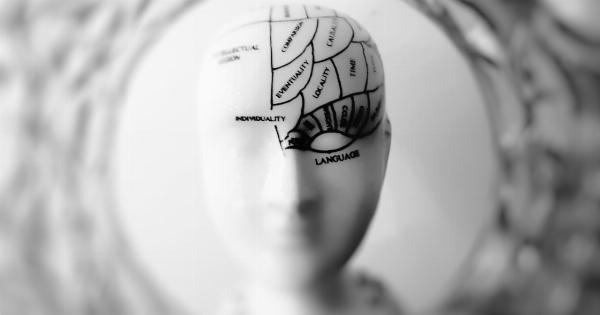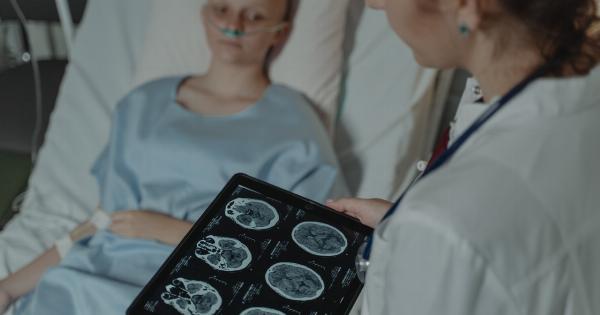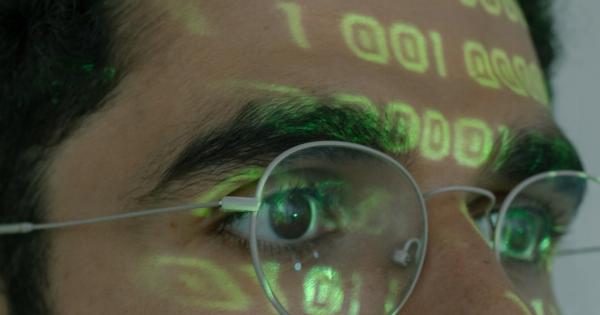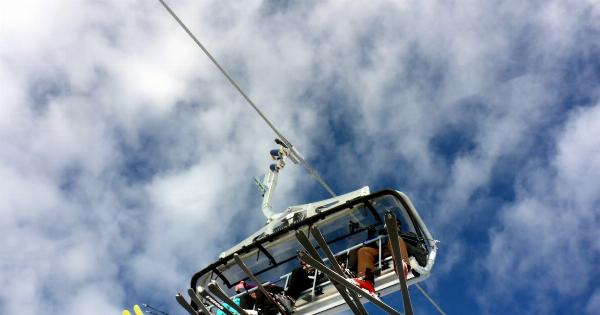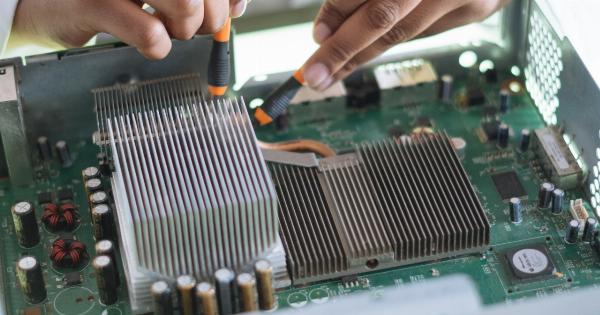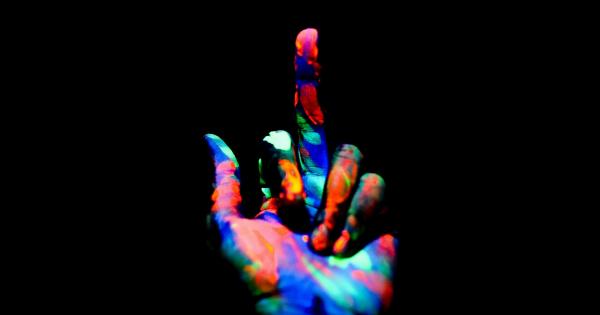Have you ever wondered what goes on inside our brains when we experience something as powerful as doven?
Research has shown that these mystical encounters can have a profound impact on our neural activity and leave lasting impressions.
In this article, we delve into the fascinating world of doven experiences and explore the shocking brain activity they elicit.
The Definition of Doven
Doven, also known as divine or spiritual enlightenment, refers to a state of profound connection or revelation beyond ordinary human experience. It often emerges through intense meditation, prayer, or other transcendent practices.
Individuals who have felt the touch of doven describe it as a sudden surge of clarity, inner peace, and a profound sense of unity with a higher power or the universe.
Neurological Studies on Doven Experiences
Neuroscientists and researchers have employed various methods to study the brain activity associated with doven experiences.
Through neuroimaging techniques such as functional magnetic resonance imaging (fMRI) and electroencephalography (EEG), they have managed to gain insights into the neural underpinnings of these extraordinary encounters.
The Default Mode Network and Doven
One significant finding in the study of doven experiences is the involvement of the default mode network (DMN), a set of brain regions that are active when an individual is not focused on the external world.
The DMN is associated with introspection, self-reflection, and the sense of self.
During doven experiences, the activity in the DMN decreases significantly, leading to a state of self-transcendence or ego dissolution.
The decreased activity in this network is believed to be responsible for the sense of oneness and loss of personal boundaries often reported during these experiences.
The Role of the Prefrontal Cortex
Another area of the brain that exhibits intriguing changes during doven experiences is the prefrontal cortex (PFC), which plays a crucial role in decision-making, reasoning, and self-control.
Studies have shown that the PFC temporarily reduces its activity during transcendent moments, allowing individuals to let go of their ego-driven thoughts and open themselves up to a more profound and connected state of being.
The Amygdala and Emotion Regulation
The amygdala, known for its role in processing emotions, also plays a part in the brain activity associated with doven experiences.
Research suggests that during these encounters, the amygdala’s activity decreases, leading to a reduction in fear and anxiety.
This decrease in amygdala activity could explain the profound feelings of peace, joy, and love often reported during doven experiences.
It allows individuals to experience a sense of profound well-being and interconnectedness that transcends everyday emotional fluctuations.
Neural Correlates of Blissful States
When individuals experience doven, regions in the brain associated with happiness and pleasure light up. The ventral striatum, for example, is known to be involved in the brain’s reward system and is activated during moments of bliss and ecstasy.
This activation contributes to the feelings of euphoria often associated with doven experiences.
The Transient Hypofrontality Hypothesis
According to the transient hypofrontality hypothesis, proposed by neuroscientist Arne Dietrich, moments of intense focus, such as meditation or doven experiences, can lead to a temporary suppression of the prefrontal cortex.
This suppression promotes a state of heightened attention and absorption, facilitating profound experiences and altered states of consciousness.
Altered States of Consciousness and Doven
Doven experiences can be categorized as altered states of consciousness (ASC) due to their transformative and extraordinary nature.
During these states, the brain’s usual patterns of activity are disrupted, allowing for novel and often ineffable experiences.
Researchers have observed changes in multiple brain regions associated with ASC during doven encounters. These include alterations in the posterior cingulate cortex, the parietal lobes, and the insula.
These changes support the idea that doven experiences bring about unique brain states that differ from our everyday waking consciousness.
The Long-lasting Effects of Doven on the Brain
Doven experiences have been reported to have a lasting impact on individuals, not only psychologically and spiritually but also neurologically.
Studies have shown that individuals who frequently engage in practices that promote doven, such as meditation, have structural and functional differences in their brains.
Brain regions associated with emotional regulation, attention, and interoception are often enhanced in individuals with a regular doven practice.
These changes suggest that engaging in practices that induce doven can lead to long-term alterations in brain structure and function, promoting emotional well-being and enhanced cognitive abilities.
The Limitations of Brain Imaging Studies on Doven
While the use of neuroimaging techniques has provided valuable insights into the brain activity associated with doven experiences, it is essential to acknowledge the limitations of these studies.
Neuroimaging only captures the physiological changes occurring in the brain but cannot fully capture the subjective and deeply personal aspects of doven encounters.
Doven, being a highly individual and subjective experience, cannot be reduced solely to neuronal activity. It encompasses aspects of spirituality, faith, and personal beliefs that transcend quantifiable measures.
Conclusion
The study of doven experiences has shed light on the astonishing brain activity that occurs during these powerful encounters.
Research has shown that doven leads to diminished activity in the default mode network, decreased fear and anxiety through amygdala regulation, and altered functioning in various brain regions associated with emotion and consciousness.
While brain imaging techniques have helped unravel some of the neural correlates of doven, it is important to remember that these experiences encompass more than just brain activity.
They touch the essence of our humanity, connecting us to something greater than ourselves.




